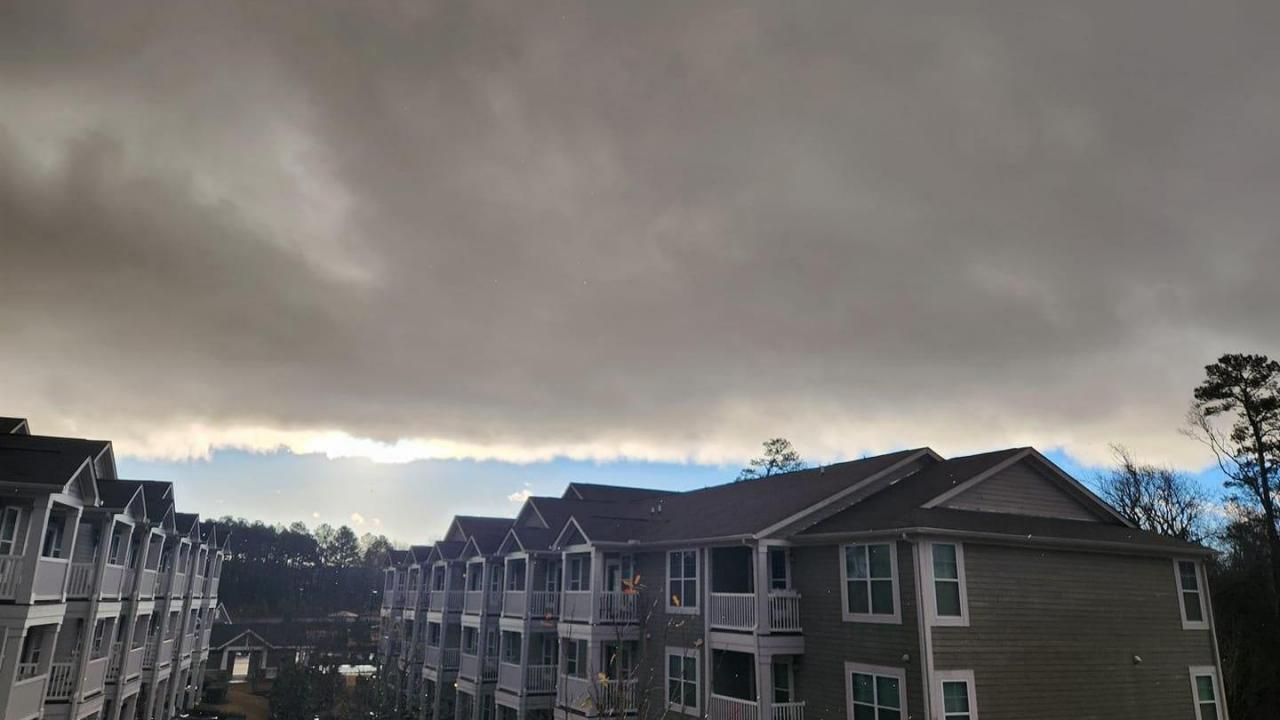Ask the meteorologist: After a rainstorm the clouds go away. Where do they go?

After a rainstorm the clouds go away. Where do they go? — Bill
Answer: As you'll note when you watch timelapse movies of clouds, they are as much "processes" as objects, so there are a variety of things that happen to clouds as they move along, developing, dissipating, growing and shrinking.
Some of the moisture that makes up a rain cloud "goes" from the sky to the ground in the form of rain, and so in a sense that part of the cloud ends up on or in the ground, or in a body of water.
It is also possible for a persistent area of clouds to simply move away from the area, carried along by the wind, to be replaced by drier, cloud-free air that moves in from somewhere else.
It is also possible that conditions causing the cloud to form may change, so that rising motions that led to cloud and rain formation reverse to a sinking motion instead. The sinking air can lead to warming of the cloud, which can farther lead to evaporation of the cloud droplets. In this case, the cloud didn't necessarily go anywhere, instead the liquid water droplets that allow us to see it turn back into a gas, in the form of invisible water vapor.
Learn more about clouds
Ask the meteorologist: How do clouds make rain?
Ask the meteorologist: How do clouds form and create snow?
Ask the meteorologist: How can clouds make the temperature rise?











